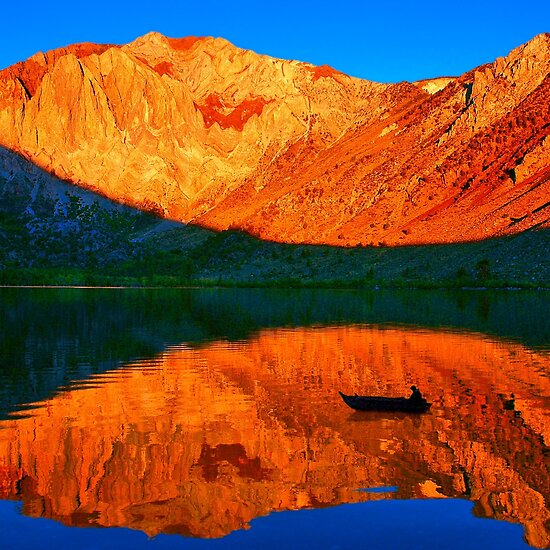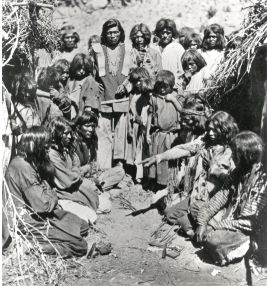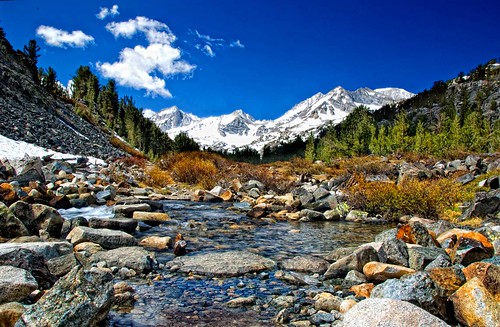 If Hawaii equals surfing then Mammoth equals snowboarding. What some would call surfing on snow, snowboarding is probably the prime reason people go to Mammoth in the winter. Though they are the exact opposite in terms of climate the two regions are tied together by one sport...surfing...even if one is done on water and the other snow.
If Hawaii equals surfing then Mammoth equals snowboarding. What some would call surfing on snow, snowboarding is probably the prime reason people go to Mammoth in the winter. Though they are the exact opposite in terms of climate the two regions are tied together by one sport...surfing...even if one is done on water and the other snow.












